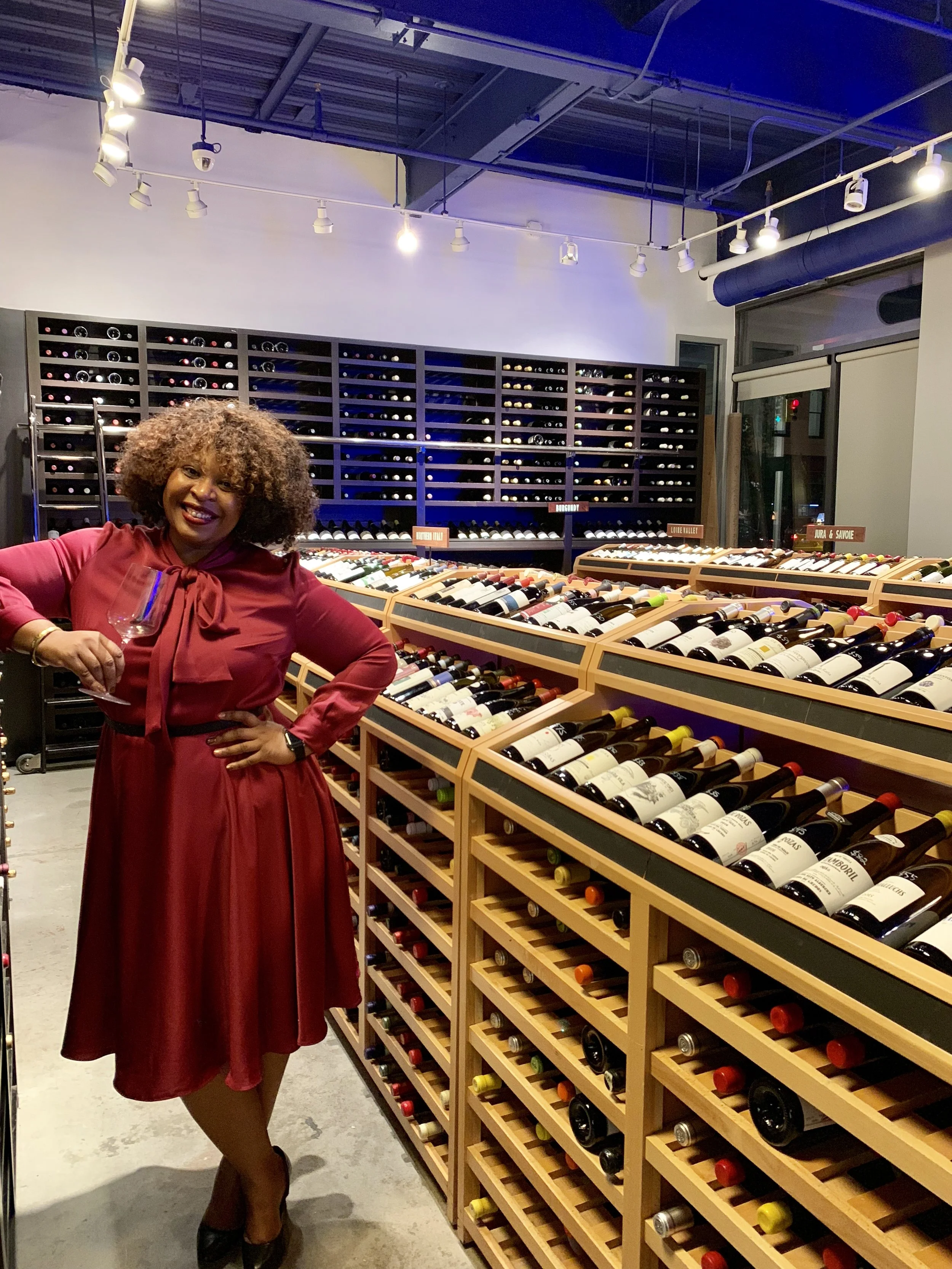It's ok to see color:Part 1
It’s Black History Month, how could we not talk about color…
photo courtesy of Wine Folly
As I have embarked on this journey deeper into wine, blind tasting has become my favorite part of “studying”. It’s also the most challenging. Blind tasting isn’t exactly what you think. The title is a bit misleading since you aren’t blindfolded. More commonly (and accurately), Blind Tasting is called Deductive Tasting. The 3 senses used to evaluate the wine before making a final call are: Sight (Appearance), Smell (Nose) and Taste (Palate). For the purpose of discussion, we are going to focus on appearance. It’s simple, you pick up a glass, look at it (optimally over a white background) and start in incredible detail, describing what you see. Just based on sight you can tell quite a bit about what is in your glass:
you can exclude certain grapes based on color concentration
age - white wines get darker over time while red wines fade as they age
Potential alcohol/sugar content
Interesting right? Literally, “this is a (white/red) wine” is the FIRST sentence of any analysis of a wine. Did you catch that? Identifying color is the FIRST thing you have to do. So imagine how crazy it is to me that many people, extremely familiar with that format still look at me and say “ …when I look at you, I don’t see color” Really? How is that possible? I have horrible vision and miraculously, when I look in the mirror, I clearly see my beautiful melanin skin, so how could anyone else not? Oddly enough, people have absolutely no problem identifying me as a woman. It boggles my mind that anyone can look at liquid in a glass and identify so much, but look at me and not see the most glaring thing about me. I can certainly look at other people and see color. Is that a bad thing?
Deductive tasting is probably one of the most misunderstood things in the wine world. As with most things, there are two schools of thought. Since sight, taste and smell are so subjective, there are some that think it's pointless and just something people do to show off. Others revere the amount of knowledge and training one needs to be able to identify wines in this way. I tend to agree with the latter.I have the distinct honor of learning to taste with some of the best palates in the world. The amount of time, energy and studies they have put into understanding every element that comes together to make these grapes uniquely what they are, to the point where they call just by looking, smelling and tasting is incredible. It requires practice and dedication, but, in my opinion, it is totally worth it. Imagine, if as people, we put that amount of time, effort, and energy into learning and understanding one another.
Stay tuned for part 2 of this series next week!
Comment below and let me know what you think!



